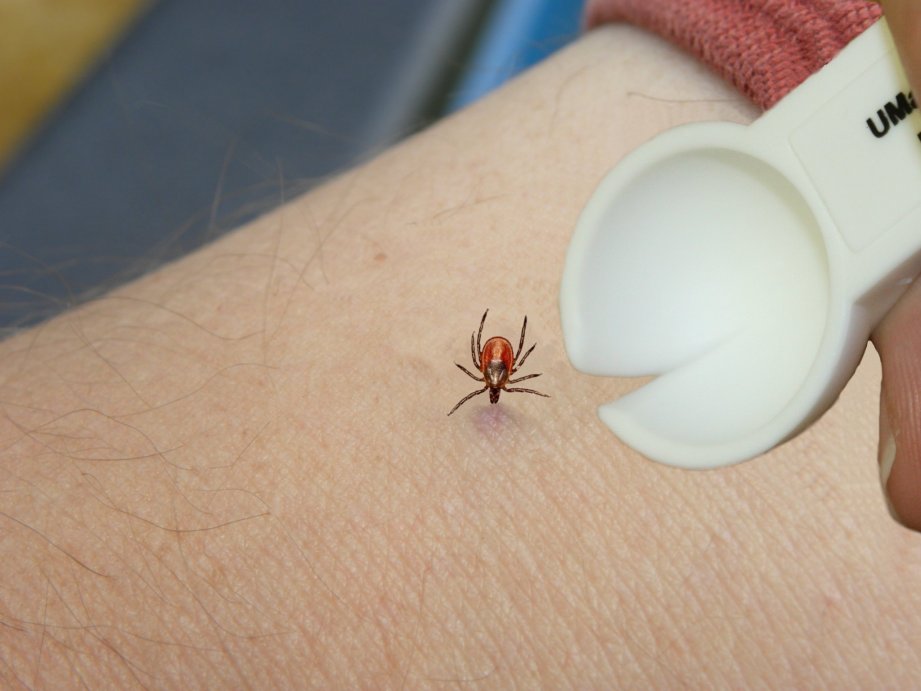

Remove the tick: Carefully pull the tick straight out with tweezers and place it in a plastic bag.ģ. "I think that's excellent because a lot of people seem to not know that they have a tick on them and they get bit and end up getting Lyme disease," said Steve Landucci, a local runner.ġ. The Tick Research Lab can analyze your tick, testing for tick-borne diseases such as Lyme disease, anaplasmosis and Rocky Mountain spotted fever.

Nieto lab tick testing free#
The Pennsylvania Tick Research Lab is now offering free basic testing to all residents. More than 10,000 Lyme disease cases have been reported. Stony Brook, New York.Pennsylvania tops the list as the worst state in the nation when it comes to tick borne illnesses. Northeast Infectious Disease Diagnostic Lab. Williston, VermontĬlongen Laboratories, llc. Tick identification - submission form.Īnalytical Services, Inc. Arthropod Identification Center.Ĭornell University Cooperative Extension of Suffolk County. UMass Extension Agriculture & Landscape Program. Maine Medical Center Research Institute Vector-borne disease lab. Tick office information.Ĭonnecticut Veterinary Medical Diagnostic Laboratory. The Connecticut Agricultural Experiment Station.
Nieto lab tick testing update#
We will continue to update the following list as more sites are brought to our attention. If you live in a state that is not listed below, consider contacting your state’s health agency to see if they support simple identification and/or further analysis.

Recognize that some will simply identify the submitted tick at no cost while others, for a fee, will analyze the submitted tick for various tick-borne pathogens. In most instances, each site will have its own submissionįorm. Visit your post office if you have any questions.īelow is a partial list of state agencies and diagnostic testing labs. Most mail is processed using high speed sorting machines, and the thickness of the submission vial exceeds the thickness limit for machine processed first class mail.

Do NOT place the tick submission vial with documentation in a regular envelope. Make certain to place the contents in a padded mailer and send overnight or priority carrier. When submitting your tick sample and paperwork: Our ProTickMe kit provides you with a convenient tick submission vial with instructions, along with a record of important tick removal information. Place a small piece of wet cotton in the vial along with the tick, as this will keep the tick from desiccating (drying out). Place the tick to be identified in a crush proof container. There may have been other ticks attached to you, a family member, or pet that you did not find. Keep in mind that if you've removed one tick, you've obviously been in tick friendly habitat. Continue to monitor for symptoms after the removal of any tick. The longer a tick is attached, however, the greater the chance of pathogen transmission. Don't wait for tick testing results to seek medical advice if symptoms develop.Įven if a submitted tick does test positive for a pathogen, there is no guarantee that the pathogen was passed on to the patient. If you've removed an engorged deer tick, symptoms may begin even before the results of the tick analysis are available. Typically, only deer ticks are submitted for analysis to testing laboratories. If you remove a deer tick from yourself, family member, or pet, here are the steps to take to preserve and submit the tick for simple identification by your physician or vet, or for a complete pathogen analysis from an independent testing laboratory. You won’t be able to tell if a tick is infected by simple looking at it, whatever the size. In some tick endemic areas of the country, as many as 40-70% of deer ticks are infected with the Borrelia burgdorrifi spirochete, the Lyme disease bacteria. Tick Submission and Tick Testing Labs List


 0 kommentar(er)
0 kommentar(er)
